Australian Tropical Rainforest Plants - Online edition
Plumbago zeylanica L.


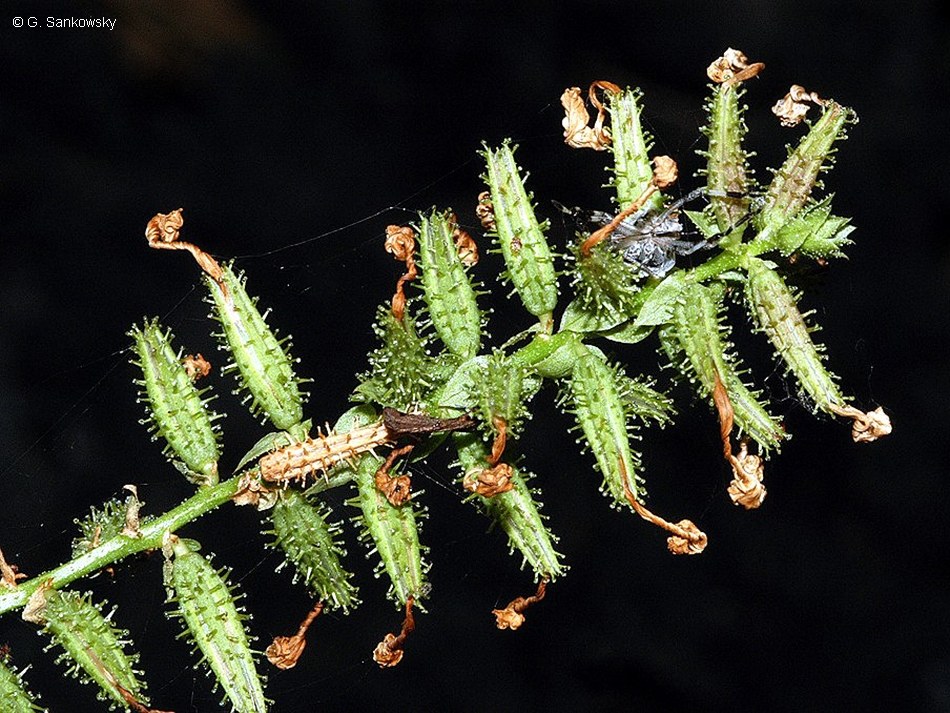
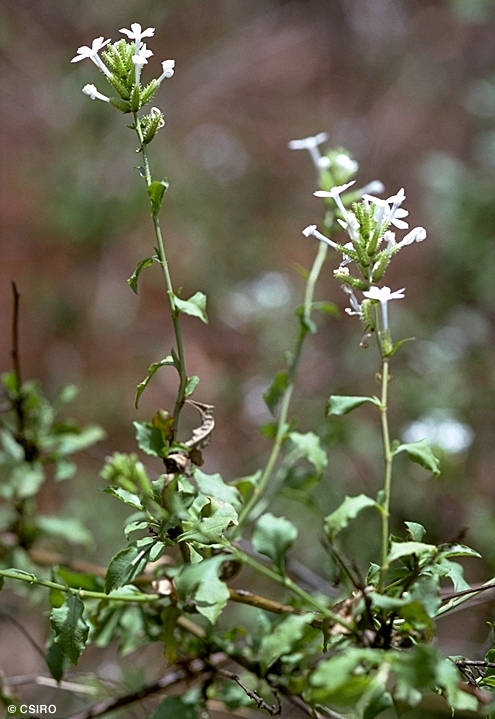
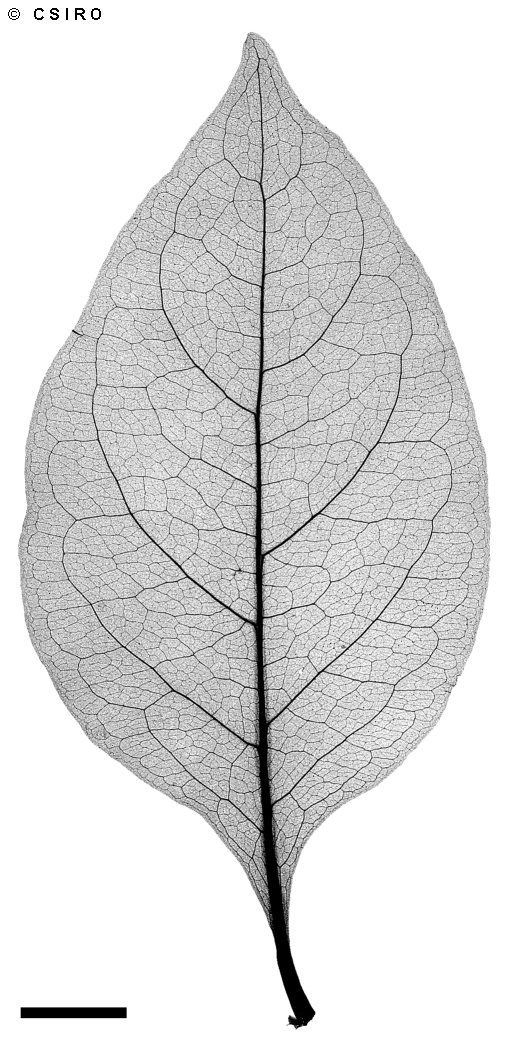
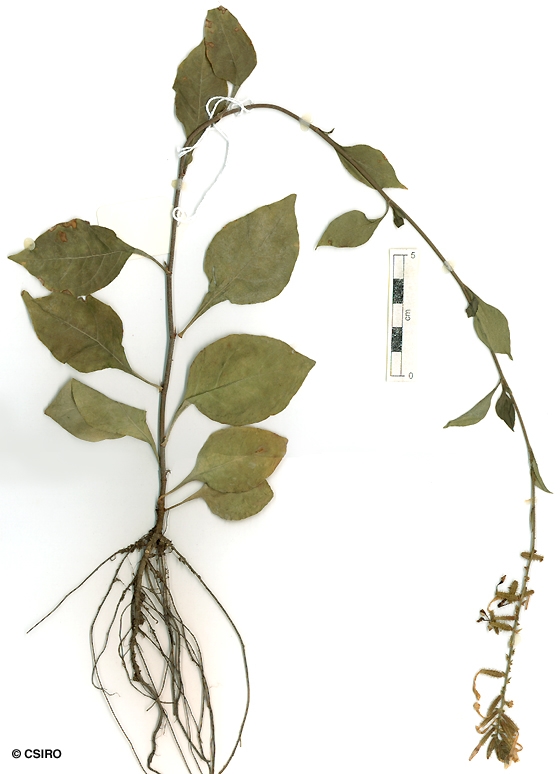
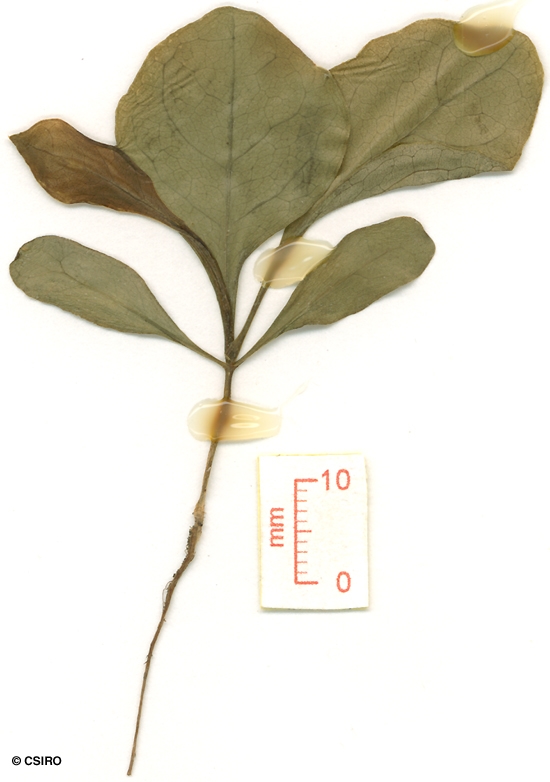
Linnaeus, C. von (1753) Species Plantarum 2: 151. Type: Habitat in India utraque.
Wild Plumbago; Plumbago, Wild; Leadwort; Plumbago
Usually flowers and fruits as a herb but can grow into a small shrub about 1 m tall.
Leaf blades about 4.5-10 x 5.5 cm. Base of the petiole winged, completely encircling the twig. Younger twigs and underside of old leaves usually with white scale-like deposits of calcium carbonate. Young twigs clothed in sticky glands, older twigs and stems longitudinally ribbed.
Cotyledons spathulate, about 18-20 x 5-6 mm. First pair of leaves arise just above the cotyledons. At the tenth leaf stage: leaf blade +/- ovate, apex acuminate, base attenuate. Petiole +/- encircling and clasping the stem. White deposits of calcium carbonate present on the stems and on the underside of the older leaves. Stem longitudinally grooved or striated. Seed germination time 20 days.
Occurs in WA, NT, CYP, NEQ, CEQ and southwards as far as north-eastern New South Wales. Altitudinal range from near sea level to 900 m. Grows as an understory plant in monsoon forest and vine thickets. Also occurs in SE Asia.
Food plant for the larval stages of the Zebra Blue Butterfly. Common & Waterhouse (1981).
This species may have medicinal properties. It is known to cause abortions and it is claimed in Malaysia that chewing the leaves will also procure this result. Cribb (1981).





